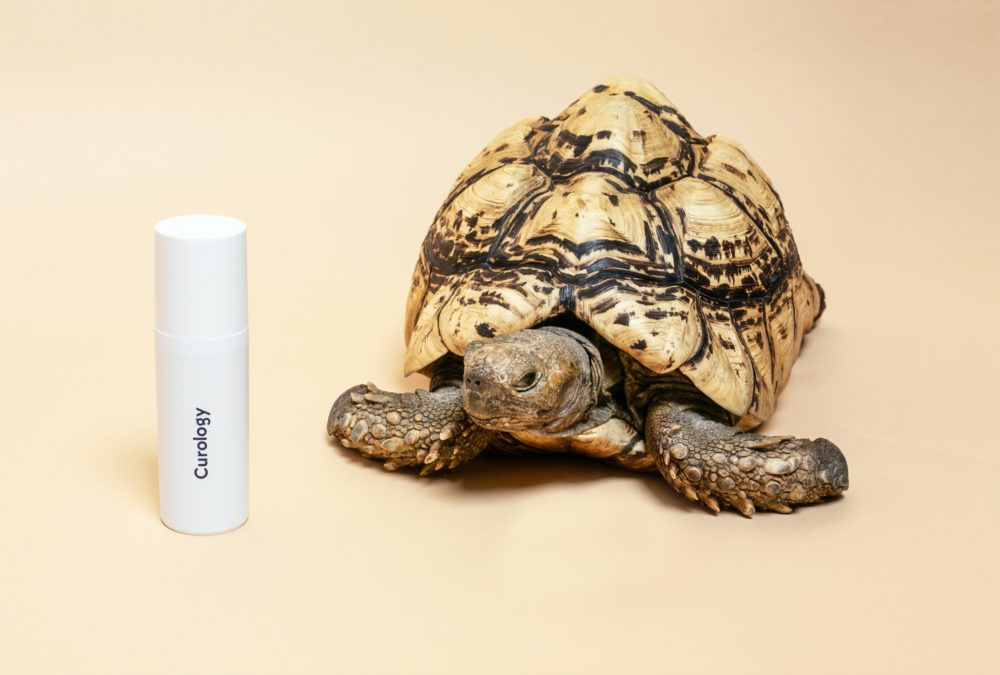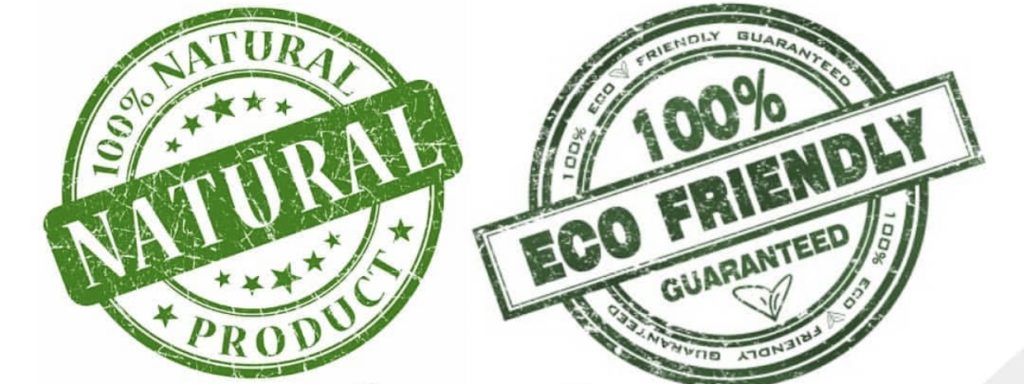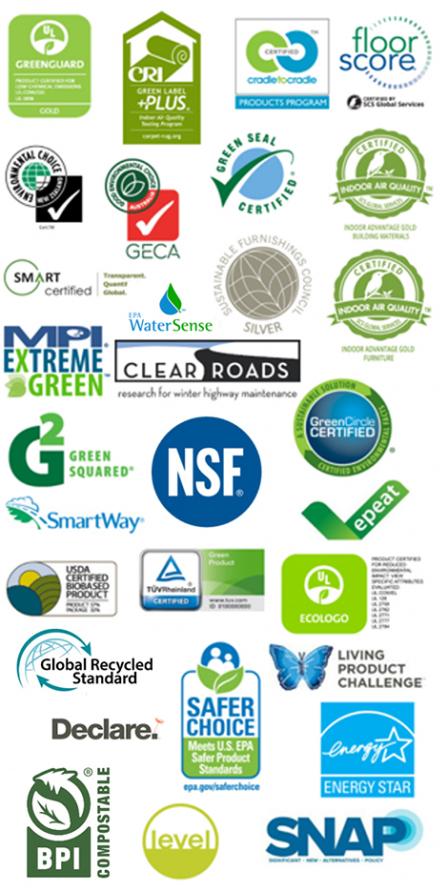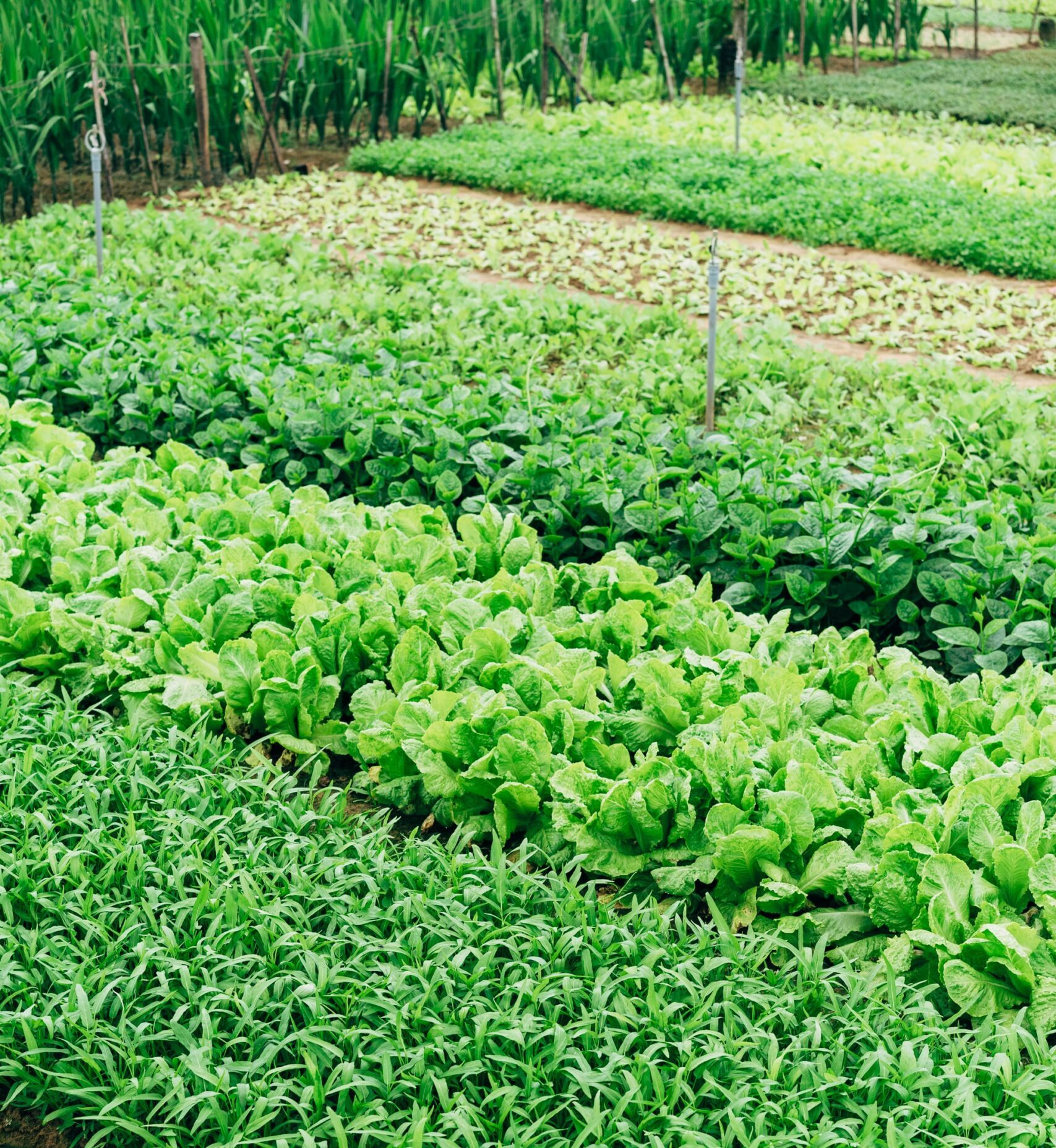It starts with one moment. For me, it was laundry day. I began to question if the bottle of Tide PurClean was truly as green as it seemed. After all, it was sitting in a plastic bottle provided by a company that created other products loaded with toxic chemicals. I suddenly questioned if this was a company dedicated to decreasing its carbon footprint or if this was just another marketing ploy. When companies are faced with the decision between profit or pro-earth it’s no surprise that most choose to hide behind a facade of false promises known as greenwashing. It’s unfortunately easy to be tricked by household names with their misleading green logos and phony words of hope but all it takes is a bit of knowledge to beat them at their own game.
Greenwashing is defined by Oxford Languages as the disinformation disseminated by an organization so as to present an environmentally responsible public image. It was coined around the 1980s when the infamous oil company, Chevron, released a series of expensive television and print ads to convince the public of its environmental dedication. The campaign showed bears, butterflies, sea turtles, and ironically explained their dedication to protecting them. It soon became the gold standard of greenwashing for the corporate practice of using marketing to divert sustainability claims and cover a questionable environmental record.
Today, companies like Pepsi and Starbucks are nefariously guilty of the same thing. According to the Environmental Protection Agency, there have been nearly 10 billion tons of plastic produced since the 1950s and containers and packaging alone weighed in at over 14.5 million tons, just in 2018. So when Starbucks released their no-straw lids that same year in an erroneous effort to save the oceans, their solution did exactly the opposite by increasing their plastic pollution. In fact, the Fortune 500 continually produces over 4 billion coffee cups each year according to a study by Greenpeace. Likewise, PepsiCo advertises their bottles as 100% recyclable which misleads consumers to feel like they’re an environmentally conscientious company while using single-use plastic packaging just the same. Perry Wheeler, the senior communications specialist with Greenpeace, confirmed that drink companies alone are one of the biggest leaders in plastic pollution.
“Rather than switching to something truly revolutionary like reuse and refill or package-free approaches, these industry giants would rather double down on failed promises of recycling and pushing blame onto individuals,” Wheeler stated via email.
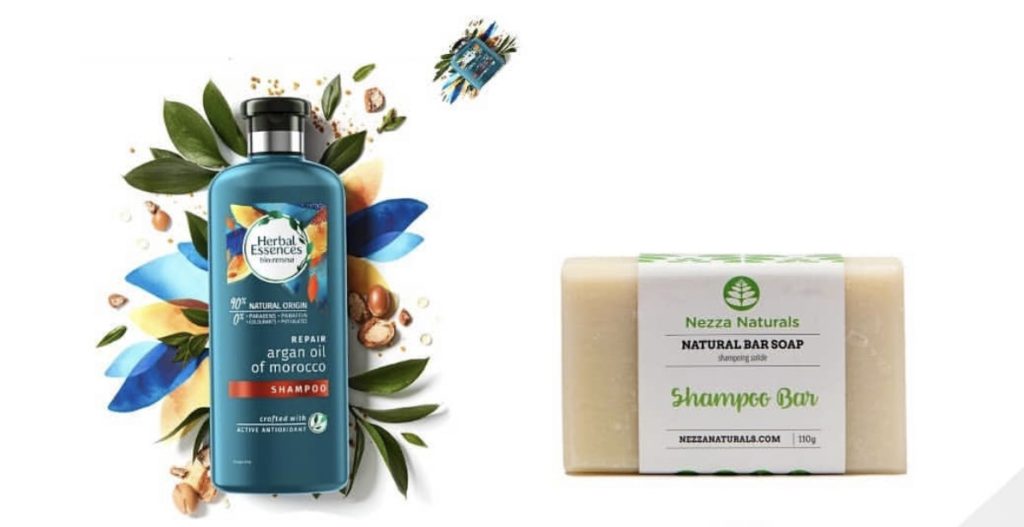
An example of greenwashing where a company like Herbal Essences markets a natural-looking product in a plastic container, versus the company Nezza Naturals providing a legitimate green solution that produces zero plastic waste as a shampoo bar.
Another illegitimate claim to environmental dedication is promise deadlines set far in the future. For instance, General Motors promises to phase out all gas-powered vehicles and release all-electric vehicles. In the 2020 fiscal year alone GM generated $122 billion in revenue and sold around 6.8 million vehicles.
“Any company that works hand-in-hand with the fossil fuel industry to ensure we continue using pollutants is probably not the feel-good brand they want us to believe they are,” Wheeler said. He also further explained the uselessness of promises in the far future by stating that it would be fair to assume if a company was truly dedicated to environmental stewardship they would try to become carbon neutral as soon as possible and not by a time 15 years in the future.
As people become increasingly aware of their carbon footprints, many companies have seen this as a great business potential in appearing eco-friendly through their image rather than through real changes by altering their marketing to use green coloring and illegitimate logos for instance. Some companies have gone so far as to enforce bioplastics, or biodegradable plastics, which may seem like a green alternative yet still may take up to thousands of years to decompose and are not a solution to the copious amounts of litter on Earth, according to multiple studies.
“Companies spend millions of dollars to convince us that we need to continue to embrace a disposable, single-use lifestyle to be happy,” Wheeler said. “The fact is that the trillions of throwaway plastic items being produced every year are not only threatening our oceans but also our climate and our health, often hurting low-income communities and communities of color the most.”
Many legitimate companies are working hard to provide solutions for the public knowing that solutions are in the hands of producers and policymakers, not on the consumers alone. Greenpeace identified a few easy tips that will help consumers pick out phony businesses. They advise caution toward products that make generic claims like 100% natural or environmentally friendly without information as to how or why. Avoid products that make irrelevant claims, like CFC-free, since chlorofluorocarbons were banned more than 20 years ago. Greenpeace further recommends questioning percentage claims, such as, “This product contains 50% more recycled content.” Fifty percent more than what? Look out for packaging as well because while a product may be green, its packaging should show environmental conscientiousness as well. Don’t be misled by pretty pictures or the use of earth-friendly colors on product labels and the EPA recommends looking for a seal or certification mark from a recognized, independent third party specializing in green claims. Look for companies who post their annual environmental reports that go into detail on waste produced, carbon emissions, water use and more.
.Around the world, there are continuous advancements and policies invoked that are steps in the right direction such as the zero-waste supermarkets popping up around the UK, Germany, Canada, the United States, Mexico, South Africa and beyond. While there is hope, there is still a long road to travel when it comes to government bans that would allow companies to take ownership for the irreparable damage their products cause and regulations that would force accountability for the entire lifecycle of their products. It will also take a shift in the dominant public mindset away from a throwaway culture toward a vision of healthy, sustainable and more connected communities.
Get more like this—Sign up for our daily inspirational newsletter for exclusive content!
__
Photo: Curology via Unsplash; Respective brands; EPA

